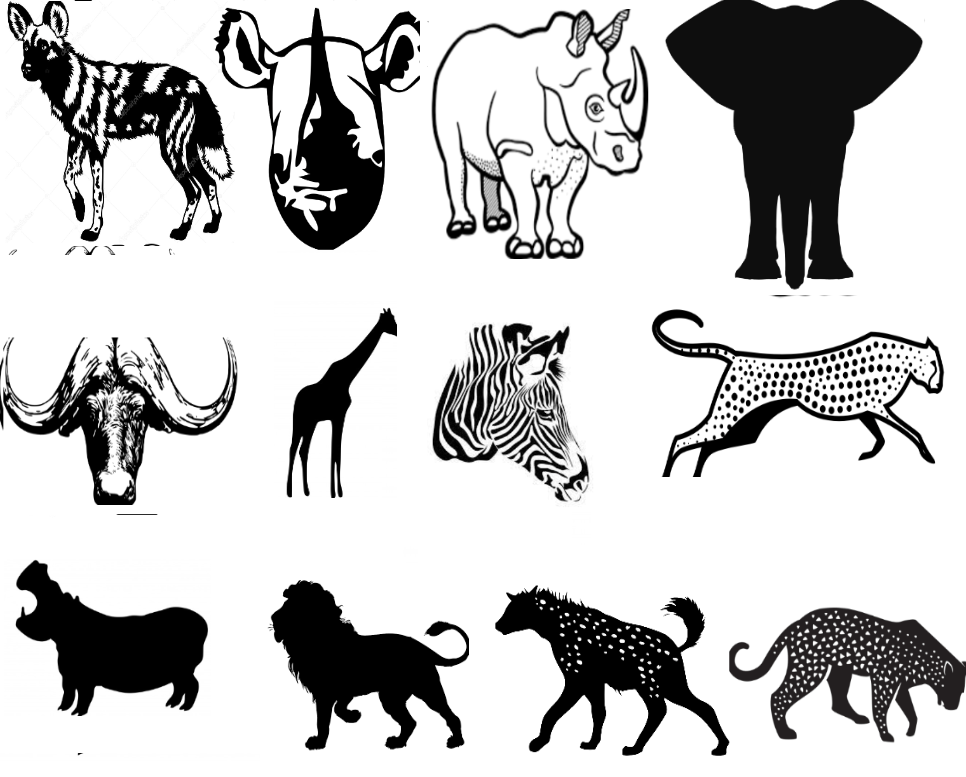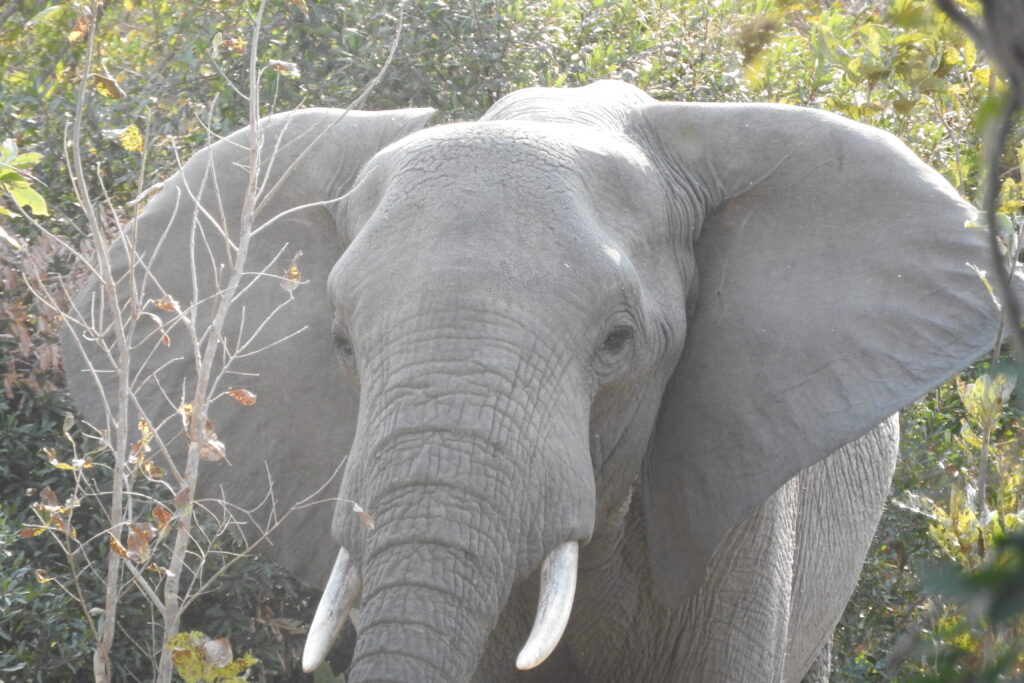Upemba national park had virtually all its large mammals poached, but it is coming back (below is a 3 minute video about this decline).
Just a couple of years ago, 16 members of the Bakata Katanga militia suprised a party of 4 rangers within the park (close to the Upemba base camp). Lying in the south-east of the DRC, this reserve once teamed with life. Tens of thousands of elephants, alongside lins zebra and many other species roamed free.
Continue reading “Restoring a DRC reserve from a ‘triangle of death’ back into a thriving wildlife reserve”













